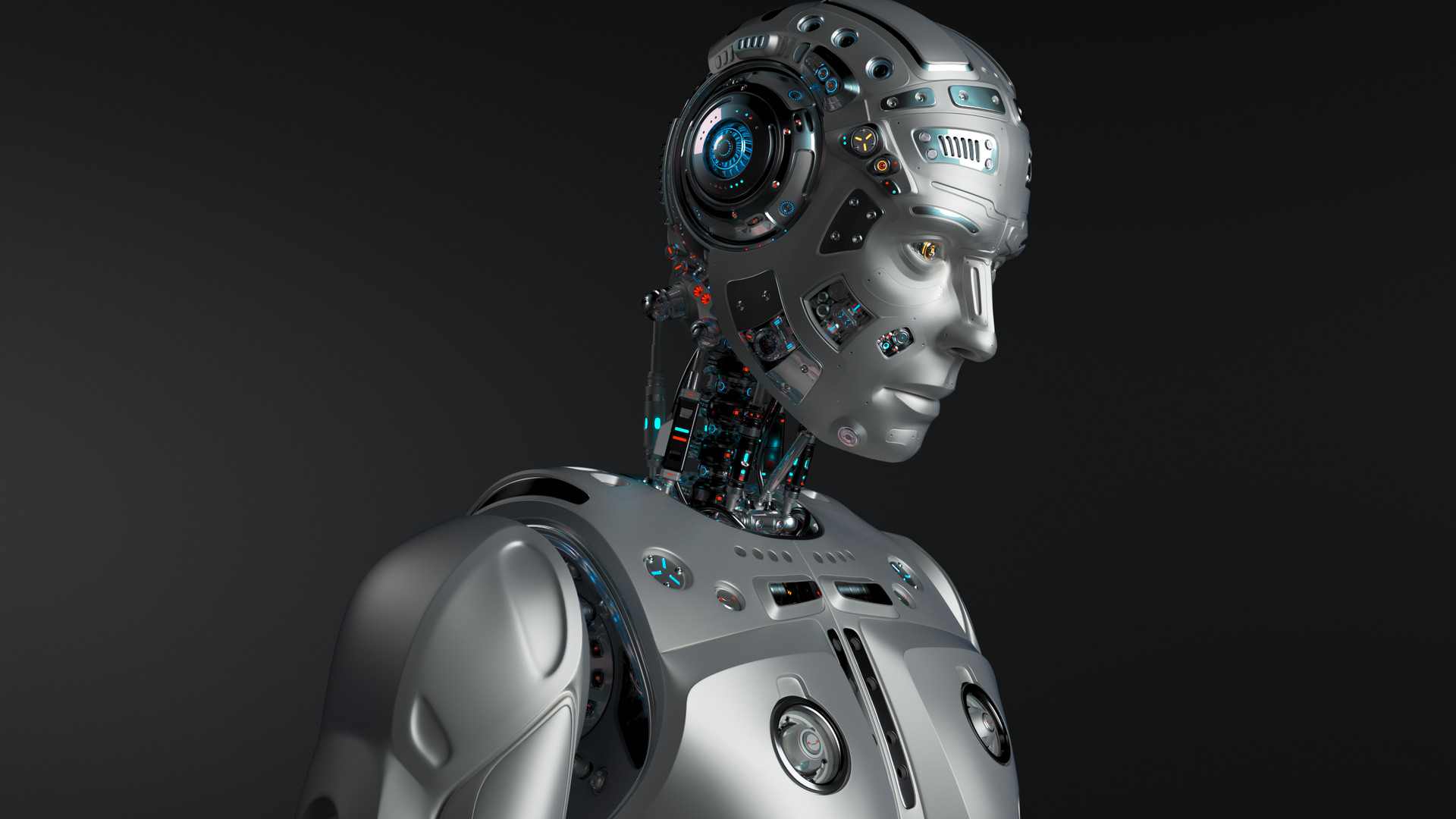Introduction
Humanoid robots have long been a fascination in the realm of science fiction, from the iconic C-3PO in Star Wars to the replicants in Blade Runner. These fictional depictions have fueled our imaginations, leading us to wonder: How close are we to turning these sci-fi dreams into reality?
Evolution of Humanoid Robots
The journey towards humanoid robots has been a gradual evolution. From early automatons to the sophisticated robots of today, technological advancements have played a pivotal role. Key milestones, such as the development of ASIMO by Honda and Atlas by Boston Dynamics, have showcased the remarkable progress made in robotics technology.
Current State of Humanoid Robots
In the present day, humanoid robots are not mere fantasies. They are tangible entities with applications in various industries, ranging from healthcare to manufacturing. These robots, designed to mimic human movements and interactions, have proven their utility in environments where human presence may be impractical or unsafe.
Challenges in Humanoid Robotics
While strides have been made, challenges persist. Technical obstacles, such as achieving natural human-like movements and developing robust AI systems, remain on the forefront. Ethical concerns regarding the integration of humanoid robots into society also demand careful consideration.
Advancements in Artificial Intelligence
Artificial Intelligence (AI) has emerged as a driving force behind humanoid robot development. The ability of robots to learn and adapt to their surroundings has significantly improved, enhancing human-robot interaction. AI not only powers the physical movements of these robots but also contributes to their cognitive abilities.
Humanoid Robots in Everyday Life
Imagine having a humanoid robot as a household assistant, performing daily chores or providing companionship. The potential applications of humanoid robots in everyday life are vast, particularly in aiding individuals with disabilities, making these robots valuable additions to households.
Humanoid Robots in the Workplace
In the industrial landscape, humanoid robots are becoming integral to various sectors. Their precision, efficiency, and ability to handle repetitive tasks make them valuable assets in manufacturing, healthcare, and even customer service.
The Role of Sci-Fi in Shaping Perceptions
The influence of science fiction on public perception cannot be overstated. While it sparks excitement and curiosity, it also shapes expectations. It’s crucial to distinguish between the fantastical portrayals in movies and the realistic possibilities of humanoid robots in our daily lives.
Cutting-Edge Humanoid Robot Projects
Several groundbreaking projects are pushing the boundaries of humanoid robotics. From Sophia, the social humanoid robot, to the development of robotic exoskeletons, these projects hold the promise of transforming how we live and work.
Public Reception and Concerns
Public opinion on humanoid robots is diverse. While some welcome the idea of robotic companions and assistants, others harbor fears and misconceptions. Addressing these concerns is essential for widespread acceptance and integration into society.
Regulatory Framework for Humanoid Robots
As the capabilities of humanoid robots grow, so does the need for regulatory frameworks. Current regulations must evolve to ensure the ethical use of these machines, balancing innovation with responsible deployment.
Future Prospects and Predictions
Speculating on the future of humanoid robotics is both thrilling and challenging. Integrating these robots with emerging technologies like 5G and the Internet of Things opens up new possibilities, but ethical considerations must guide their development.
Collaboration between Humans and Robots
The synergy between humans and robots is crucial. Successful collaborations, such as in medical surgeries where robots assist human surgeons, showcase the potential for mutual benefit. Striking a balance between automation and the human touch is vital for a harmonious future.
The Human Element in Robotics
While humanoid robots exhibit remarkable capabilities, they cannot replace the irreplaceable human touch. The emotional nuances, creativity, and empathy that humans bring to the table are essential elements that should complement, rather than be replaced by, robotic advancements.
Conclusion
In conclusion, the journey from sci-fi dreams to the reality of humanoid robots has been remarkable. As we navigate the challenges and possibilities, it’s crucial to acknowledge the transformative impact these machines can have on our lives. The key lies in responsible development, ethical considerations, and a collaborative approach that preserves the unique essence of human existence.
FAQs
- Are humanoid robots only for industrial use?
- No, humanoid robots have diverse applications, including household assistance, healthcare, and customer service.
- Do humanoid robots have emotions?
- While they can mimic emotions, true emotions are a complex human trait not fully replicable in robots.
- How do regulatory frameworks address ethical concerns in robotics?
- Regulatory frameworks aim to ensure responsible development and use of humanoid robots, considering ethical implications.
- Can humanoid robots replace human jobs?
- They may automate certain tasks, but the goal is to enhance human capabilities and create new job opportunities.
- How do humanoid robots learn and adapt to their environment?
- Artificial Intelligence enables humanoid robots to learn through data analysis and adapt to changing surroundings.

